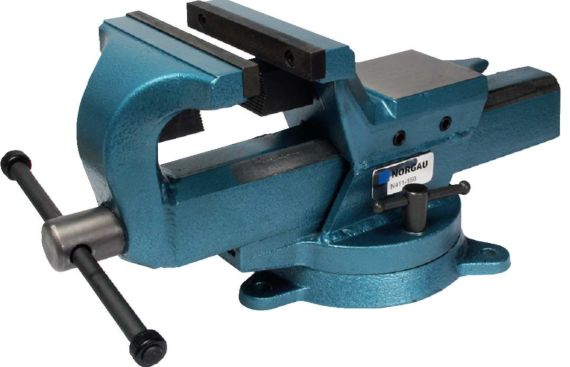In order to ensure complete immobility of the part during its processing, you can use different devices. Each has its own advantages and disadvantages. But, the most popular and affordable are considered vice locksmiths. Rugged enough, they require little or no maintenance. They can perform their role for tens of years without repair or damage.
Variety of vices
The physical dimensions usually determine the maximum size of the workpiece that they can secure when stationary. Standard designs allow for a jaw opening of up to 250 mm. The screw retention is strong enough to prevent the part from turning during manual or machine processing. All vise sizes are divided into groups according to the fastening principle:
- Removable models that can be attached to the edge of a worktop with limited thickness.
- With a swivel mechanism, greatly facilitate the process of complex part processing.
- Stationary, without the ability to influence in any way the position of the workpiece.
Important: For ease of use, most types of vise have a small to medium sized anvil. This accessory expands the scope of the tool. Makes it more versatile in any workshop.
Steel or cast iron
All vices, without exception, are made either from high-quality cast iron or high-strength steel. Recently, combined designs have been used. On the one hand, they have a positive effect on the cost of the instrument. On the other hand, they help to achieve optimal strength characteristics.
- cast iron base, body, capable of withstanding significant shock loads;
- jaws made of steel, removable and can be replaced as they wear out;
- there are models made entirely of tool steels.
Important: Vise bases made of powder metal are considered dangerous and short-lived. Such structures can collapse at any time from shock loads. They tend to quickly accumulate metal fatigue and form hidden cracks in the base body.




